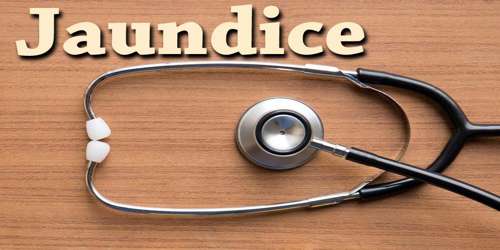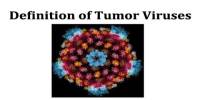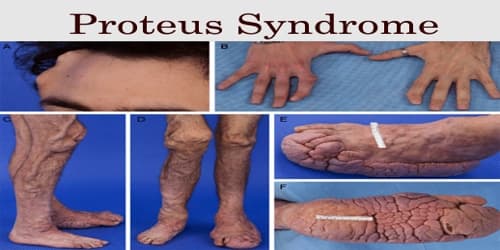Jaundice
Definition
Jaundice is a yellowish discoloration of the whites of the eyes, skin, and mucous membranes caused by deposition of bile salts in these tissues, occurring as a symptom of various diseases, such as hepatitis, that affect the processing of bile. Jaundice is also known as icterus. Jaundice was once called the “morbus regius” (the regal disease) in the belief that only the touch of a king could cure it.

Jaundice can indicate liver or gallbladder disease. When the excretion of bilirubin is hindered, excess bilirubin passes into the blood, resulting in jaundice. Inflammation or other abnormalities of liver cells hinder the excretion of bilirubin into bile.
Causes of jaundice vary from non-serious to potentially fatal. Levels of bilirubin in blood are normally below 1.0 mg/dL (17 µmol/L) and levels over 2–3 mg/dL (34-51 µmol/L) typically results in jaundice. High bilirubin is divided into two types: unconjugated (indirect) and conjugated (direct). Conjugated bilirubin can be confirmed by finding bilirubin in the urine. Other conditions that can cause yellowish skin but are not jaundice include carotenemia from eating large amounts of certain foods and medications like rifampin.
There are three types of jaundice depending on what’s disrupting the normal removal of bilirubin from the body. They are:
- Pre-hepatic jaundice – the disruption happens before bilirubin has been transported from the blood to the liver; it’s caused by conditions such as sickle cell anaemia and haemolytic anaemia.
- Intra-hepatic jaundice (also known as hepatocellular jaundice) – the disruption happens inside the liver; it’s caused by conditions such as Gilbert’s syndrome, cirrhosis or other liver damage.
- Post-hepatic jaundice (also known as obstructive jaundice) – the disruption prevents the bile and the bilirubin inside it from draining out of the gallbladder and into the digestive system; it’s caused by conditions such as gallstones or tumours.
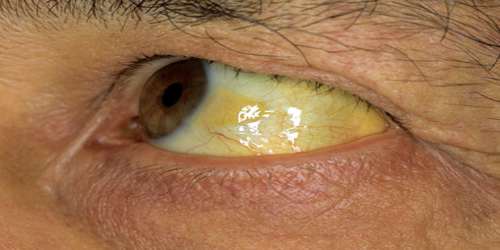
Causes, Sign and Symptoms of Jaundice
Jaundice most often occurs as a result of an underlying disorder that either causes overproduction of bilirubin or prevents the liver from disposing of it, both of which result in bilirubin being deposited in tissues. Some underlying conditions that may cause jaundice are:
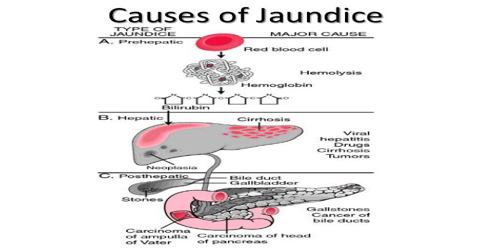
- Acute inflammation of the liver – may impair the ability of the liver to conjugate and secrete bilirubin, resulting in a buildup.
- Inflammation of the bile duct – may prevent the secretion of bile and removal of bilirubin, causing jaundice.
- Obstruction of the bile duct – prevents the liver from disposing of bilirubin.
- Hemolytic anemia – production of bilirubin increases when large quantities of red blood cells are broken down.
- Gilbert’s syndrome – an inherited condition that impairs the ability of enzymes to process the excretion of bile.
- Cholestasis – a condition where the flow of bile from the liver is interrupted. The bile containing conjugated bilirubin remains in the liver instead of being excreted.
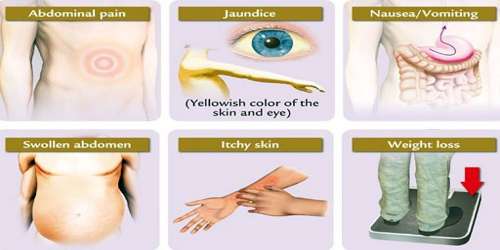
The main sign of jaundice is a yellowish discoloration of the white area of the eye and the skin. Urine is dark in colour. Slight increases in serum bilirubin are best detected by examining the sclerae, which have a particular affinity for bilirubin due to their high elastin content. Symptoms of jaundice include:
- Yellow tinge to the skin and the whites of the eyes, normally starting at the head and spreading down the body
- Pruritis (itchiness)
- Fatigue
- Abdominal pain – typically indicates a blockage of the bile duct
- Weight loss
- Vomiting
- Fever
- Paler than usual stools
- Dark urine
Diagnosis, Treatment and Prevention of Jaundice
Doctors will most likely diagnose jaundice based on the patient’s history and a physical exam, paying close attention to the abdomen. Doctors will be feeling for masses (tumors) in the abdomen and/or checking the firmness of the liver; a firm liver indicates cirrhosis, while a rock-hard liver indicates cancer. The severity of jaundice is determined by several tests, the first of which is a liver function test to find out whether or not the liver is functioning properly.
Treatment for jaundice in adults and older children depends on what’s causing it. This may involve treating the underlying condition, a blood transfusion or surgery.
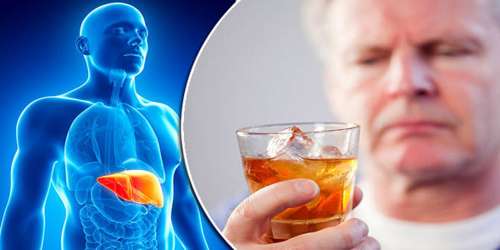
It’s not possible to prevent all cases of jaundice because it can be caused by a wide range of conditions or circumstances. Jaundice is related to the function of the liver, so it is essential that individuals maintain this vital organ’s health by eating a balanced diet, exercising regularly, and refraining from exceeding recommended amounts of alcohol.
Reference:
